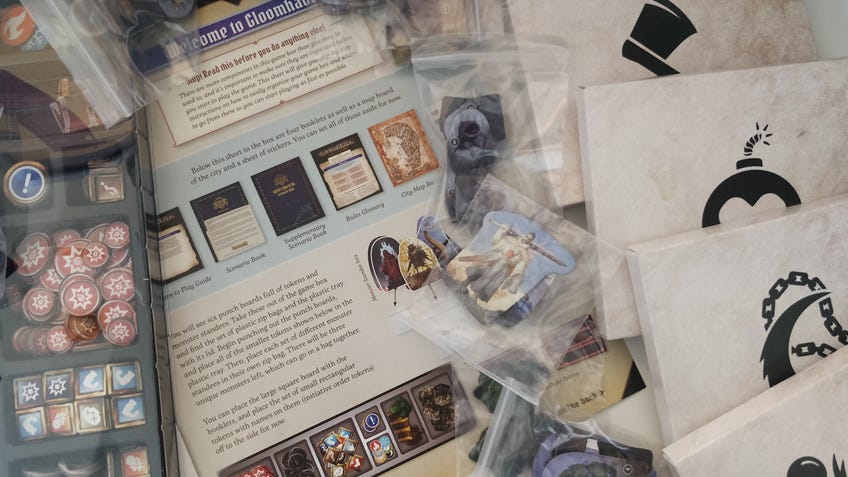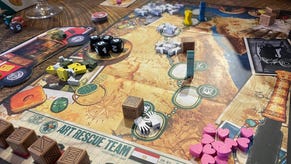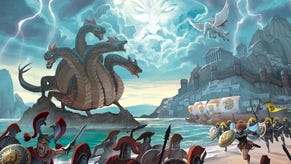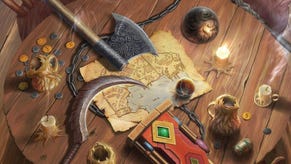Gloomhaven: Jaws of the Lion’s setup guide is like an overprotective parent, and I love it
Sometimes handholding is a good thing.
Big board games have a habit of featuring such complicated setup guides they can cause even the most seasoned of board gamers to get so exhausted they no longer have the energy to play the game.
I remember experiencing something similar to Matt’s struggles with Frostpunk: The Board Game with a copy of Abomination: Heir of Frankenstein, whose enormous number of tokens, boards and cards inevitably became too much for me to deal with in a single evening. I never came back to it after that.
Unless you’re playing Mouse Trap, setting up a board game is rarely a fun experience. The most you can expect from a board game’s setup is that it’s as quick and easy as possible. After all, there’s nothing more disheartening for a player than spending so much time setting up a game, only to run out of the time and/or energy needed to play it. Considering the recent trend of massive board games filled with scores of miniatures and modular pieces, I can imagine that a lot of players have endured this struggle.
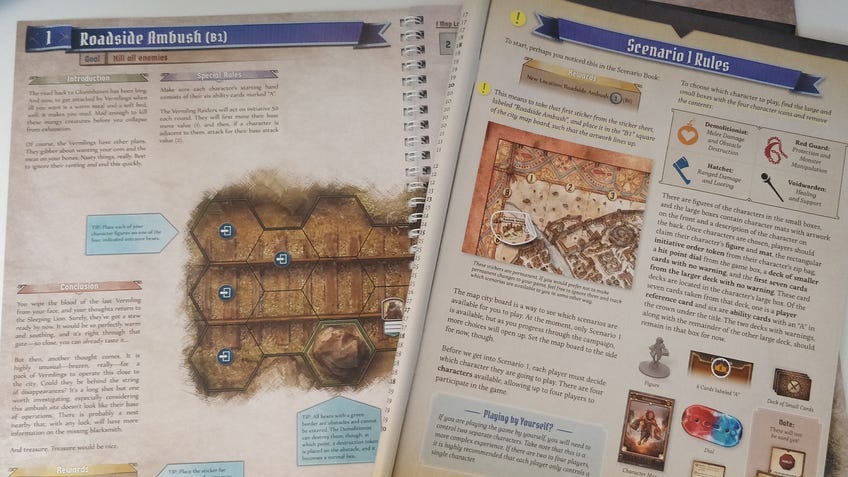
In contrast, I finally cracked into my copy of Gloomhaven: Jaws of the Lion the other night – having successfully convinced some friends to start a playthrough with me – and was thoroughly delighted by the game’s setup experience. A spin-off title within the Gloomhaven series, I already knew that Jaws of the Lion was intended to be a more accessible version of the popular dungeon-crawler board game. Nevertheless, I didn’t realise that this accessibility would extend to the very setup itself.
Unpacking and repacking in Jaws of the Lion is made that much better by the inclusion of a guidebook.
Jaws of the Lion is a campaign game in which players embark on a series of quests as a band of hired mercenaries in and around the fantasy city of Gloomhaven. Usually, these kinds of board games require players to spend an ungodly amount of time sorting through piles of components and reading a tome-sized rulebook. However, the setup for the Jaws of the Lion is incredibly efficient. Yes, there are miniatures, standees, tokens and cards galore, but the way the box is packed, the inclusion of various containers and the use of books makes it a heck of a lot easier than it otherwise could have been.
As to be expected in a game like this, opening it up for the first time requires plenty of popping out of cardboard tokens, standees and boards. However, there are still a relatively small number of these components thanks to the fact that, rather than featuring modular boards made up of dozens of tiles, Jaws of the Lion is played using a single board and a scenario book. The board serves as an overworld map of sorts, with newly-revealed locations appearing in the form of stickers that players can add to their existing board. Not only is this a more efficient way to package an ever-expanding map, it’s also just fun because stickers are fun.
All the components for each playable character, besides their miniatures, are contained within these neat little folders, which can be used to pack everything away again after every game. All of the major tokens needed for every scenario in Jaws of the Lion can be sorted away into a little tray, ready to be taken out whenever players dive back into their playthrough.
Tabletop gaming has a gatekeeping issue when it comes to less experienced players attempting to play something like a dungeon-crawler campaign game.
Unpacking and repacking in Jaws of the Lion is made that much better by the inclusion of a guidebook designed to lead players through this exact process. I’ve never seen anything like this guidebook before. Players are instructed which tokens and standees should be sorted with what when initially popping them out. Where and how to package each type of component – whether they go into bags, boxes or trays – with diagrams labelling every single component. What cards and pieces to take out of each character box at the beginning of a campaign and which ones to save for later.
To an experienced tabletop gamer, these instructions might appear excessive – but they’re a welcome sight when compared to board games that don’t do anything like it at all. I wish more board games followed Jaws of the Lion’s example. Just because I’ve played plenty of tabletop games doesn’t mean I can’t appreciate my life being made so much easier.
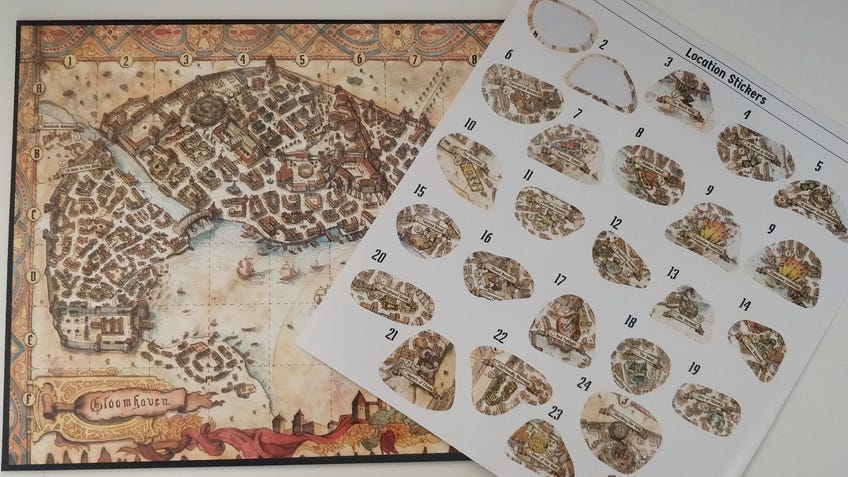
Another excellent use of guidebooks in Jaws of the Lion is the interplay between the main rulebook and the scenario book. The rulebook and scenario book work in tandem to hold the players’ hands the moment they open the game box, providing additional information, diagrams and guidance wherever needed. It is easily the most comprehensive example of a board game introduction I’ve ever experienced. Finding the information and answers I needed was a dream, especially in comparison to many other rulebooks I’ve encountered in the past. (Here’s looking at you, Eldritch Horror.) Even knowing how to play Gloomhaven already, having access to resources of this calibre helped to significantly cut time spent figuring out rules.
A board game can be inaccessible because of its complexity or challenge, but shouldn’t be inaccessible because of a badly designed rulebook and setup process.
Tabletop gaming has a gatekeeping issue when it comes to less experienced players attempting to play something like a dungeon-crawler campaign game – both on the community and publisher side of things. If you’re unable to either grasp the rules quickly enough or endure potentially hours of setup and rules-learning, then certain board games, or even entire genres, are closed-off to you. A board game can be inaccessible because of its complexity or challenge, but shouldn’t be inaccessible because of a badly designed rulebook and setup process.
Gloomhaven: Jaws of the Lion proves that bigger board games don’t have to be inaccessible to tabletop beginners, which is why it should be held up as the new industry standard.
